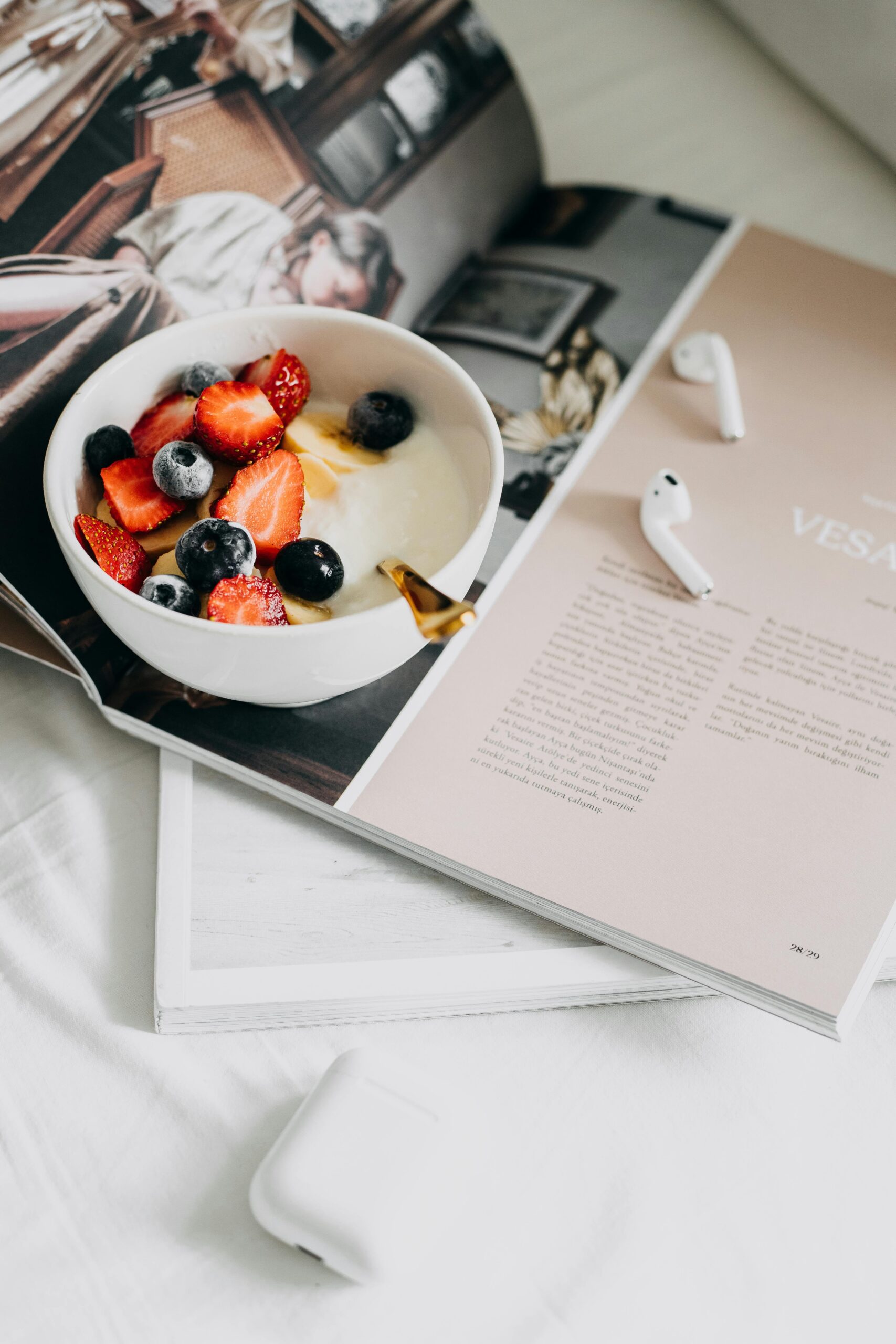Starting a healthy eating journey can feel like a monumental task. The endless information, the pressure to cook gourmet meals, and the simple question of “what should I eat?” can be overwhelming. But what if you could simplify it all? The secret isn’t in complicated diets; it’s in smart planning. This guide will show you exactly how to create a healthy menu for your week, making nutritious eating both easy and enjoyable.

The Foundations: What Makes a Menu “Healthy”?
Before you start planning, it’s crucial to understand the building blocks of a balanced meal. Aim to include these three macronutrients in most of your meals, especially lunch and dinner.
- Lean Protein: This keeps you full and helps build muscle. Think chicken breast, fish (like salmon or tuna), tofu, lentils, beans, and Greek yogurt.
- Complex Carbohydrates: These provide sustained energy. Choose whole grains like quinoa, brown rice, oats, and whole-wheat bread over their white, refined counterparts. Starchy vegetables like sweet potatoes also fit here.
- Healthy Fats: Essential for brain health and hormone function. Sources include avocado, nuts, seeds, and olive oil.
And don’t forget the most important part: vegetables! Aim to fill half your plate with colorful, non-starchy veggies like broccoli, spinach, bell peppers, and zucchini.
A Step-by-Step Guide to Your Healthy Food Plan
Ready to build your menu? Follow these simple steps.
Step 1: Theme Your Dinners This is a fun trick to eliminate decision fatigue. Assign a theme to each night. For example: Meatless Monday, Taco Tuesday, Pasta (whole-wheat!) Wednesday, Salmon Thursday, and Pizza (on a whole-wheat base!) Friday. This gives you a framework to plug recipes into.
Step 2: Cook Once, Eat Twice Efficiency is key. When you’re cooking your themed dinner, make a double batch. The leftovers can become a quick and easy lunch for the next day. Cooking a large batch of quinoa or roasting a tray of vegetables on Sunday can also provide a base for several meals throughout the week.
Step 3: Plan Your Breakfasts and Lunches Breakfast can be simple and consistent. Overnight oats, a smoothie, or scrambled eggs with spinach are all fantastic options that take minutes to prepare. For lunches, use your dinner leftovers or assemble a quick salad or wrap using your pre-cooked proteins and grains.
Step 4: Create Your Shopping List Once your menu is set, walk through each meal and list every ingredient you need. This prevents impulse buys at the grocery store and ensures you have everything on hand, reducing the temptation to order takeout.
Sample 1-Day Healthy Menu
To see it in action, here is what a balanced day could look like:
- Breakfast: cup of oatmeal made with milk, topped with a handful of berries and a tablespoon of chia seeds.
- Lunch: Large salad with mixed greens, leftover grilled chicken from the previous night, cherry tomatoes, cucumber, and a light vinaigrette dressing.
- Dinner: Baked salmon with a side of roasted sweet potato wedges and steamed broccoli.
- Snack: An apple with a small handful of almonds.
By taking just 30 minutes each weekend to plan, you can set yourself up for a week of success. You’ll save time, reduce stress, and nourish your body with wholesome, delicious food. Now that you have a plan, let’s explore some simple recipes to fill it with!

